Notes
Remembering Chris Hondros, Part III: Tal Afar
Continuing our series of remembrances, Edward Wong writes from Beijing, China:
I didn’t know Chris well, but I saw him on a few occasions in Iraq. He was a calm, cheerful presence in the middle of a war that was growing more chaotic by the day. After I heard the awful news of his death in Libya last week, I remembered interviewing him in Baghdad about what he saw one winter night in 2005: the accidental shooting of an Iraqi family by American soldiers in Tal Afar. My notebook with the entire interview is in the U.S., but I found a memo on my computer that I had typed up afterwards. There are few better examples of his professionalism and compassion than the photos he shot that night. Chris was a strong advocate for documenting the impact of war on civilians. This is an edited version of the memo.
On January 18, 2005, American soldiers of the 25th Infantry Division charged with controlling a hostile swath of northern Iraq shot at a civilian car as it approached a foot patrol. They killed two parents and wounded at least two of six children.
The incident was documented in detail by Chris Hondros for Getty Images, and his work showed the murky circumstances under which such shootings usually took place. It was apparent that the driver could not tell that the Americans were warning him to stop, and that hand signals and warning shots went unseen or unheard or were misinterpreted. The soldiers gave the driver only seconds to respond to the warnings before they opened fire, Mr. Hondros said.
Tal Afar was a town rife with insurgents east of the city of Mosul, in northern Iraq. A platoon from Apache Company of the 2-14 Cavalry was conducting a random foot patrol that night. It was about 6:30 p.m., and the soldiers were walking in near darkness toward a major intersection along a deserted commercial street when they saw the headlights of an approaching sedan. The car was about 100 yards away and had just turned a corner onto the street.
“I knew they wouldn’t be able to see us,” Mr. Hondros said. “I moved off to the side because I knew something might go down.”
He saw, out of the corner of his eye, one or more of the soldiers wave to the car. “It was extremely obvious to me that the driver would not be able to see that.”
An officer told the unit over their headsets that they had to stop the car, and everyone raised their automatic rifles. One soldier fired a three-shot burst into the air, but the car kept coming. A second after the warning burst was fired, about a half-dozen soldiers opened up on the car.
“All hell broke loose,” Mr. Hondros said. “There was a tremendous clatter.”
At least fifty rounds were fired, and the car was peppered with dozens of bullets. It continued rolling into the intersection, though it was clear there was no driver in control anymore, and gently came to a stop against the curb. The soldiers began to warily approach the car.
“I could hear sobbing and crying coming from the car, children’s voices, and I knew instantly what had happened,” Mr. Hondros said.
The children opened one of the rear doors and tumbled into the street from the back seat. There were six of them, four girls and two boys, and two were in their teens. All were splattered with blood. One of the boys, age 8, had a gash in his back and was bleeding heavily. A girl had a light cut on her hand.
A man named Mr. Hassan and his wife, the parents of four of the children, were in the front seats and had been killed instantly. Their bodies were riddled with bullets, and the man’s skull had collapsed.
“He was in this horrible state,” Mr. Hondros said.
Some of the soldiers were carrying body bags, and they zipped the parents up inside the bags. A medic began treating the two injured children. The parents were soon put into one Stryker vehicle and the children into another, and both vehicles drove to a hospital.
One of the soldiers was also injured in the shooting, grazed in his belly by a bullet that had ricocheted.
Back at a base in Tal Afar, the soldiers and Mr. Hondros filled out forms with their observations of the incident. The company commander told the soldiers that there would be an investigation, but that they had followed the rules and should tell the truth.
“I’ll stick up for you,” the captain told the soldiers, as Mr. Hondros recalled. The soldiers seemed to agree that they had acted according to the rules of engagement.
The same platoon had been engaged in an intense hour-long firefight in downtown Tal Afar with insurgents just two days before. “No one was wounded, but it was certainly a jangling experience,” Mr. Hondros said.
The incident raised questions both of the effectiveness of the soldiers’ warnings, especially given that they were made in the dark, and of whether Iraqis would even expect to run into American soldiers on streets such as those in Tal Afar, and thus be expected to properly interpret the signals.
Mr. Hondros saw no American checkpoints in Tal Afar in the four or five days he was embedded with the military there. Foot patrols were scarce and took place at random hours and in random locations. There was no way for residents to tell when and where they would run into American soldiers, Mr. Hondros said.
After Mr. Hondros transmitted his photos of the incident to Getty, he was kicked off the embed. He soon embedded with another unit.
The interview was conducted on March 6, 2005, for a larger story written by John F. Burns on civilian casualties in the Iraq War. Chris was quoted in the story, which appeared in The New York Times on March 7 with one of Chris’s photographs from Tal Afar. Some of this material was not published in The Times because of space limits.
–Edward Wong
PHOTOGRAPHS by CHRIS HONDROS / GETTY IMAGES
——-
Last week on April 20, photographers Chris Hondros and Tim Hetherington were killed by an exploding mortar shell or rocket-propelled grenade fired by Qaddafi forces on the front line in the besieged city of Misrata, Libya. Guy Martin and Michael Christopher Brown were wounded and survived.
We are publishing a series of remembrances and reflections of Chris.
Please make a donation to The Chris Hondros Fund, which will provide scholarships for aspiring photojournalists and raise awareness of issues surrounding conflict photography:
The Chris Hondros Fund
c/o Christina Piaia, Getty Images
75 Varick St., 5th Floor
New York, NY 10013
Thank you.
–BagNews
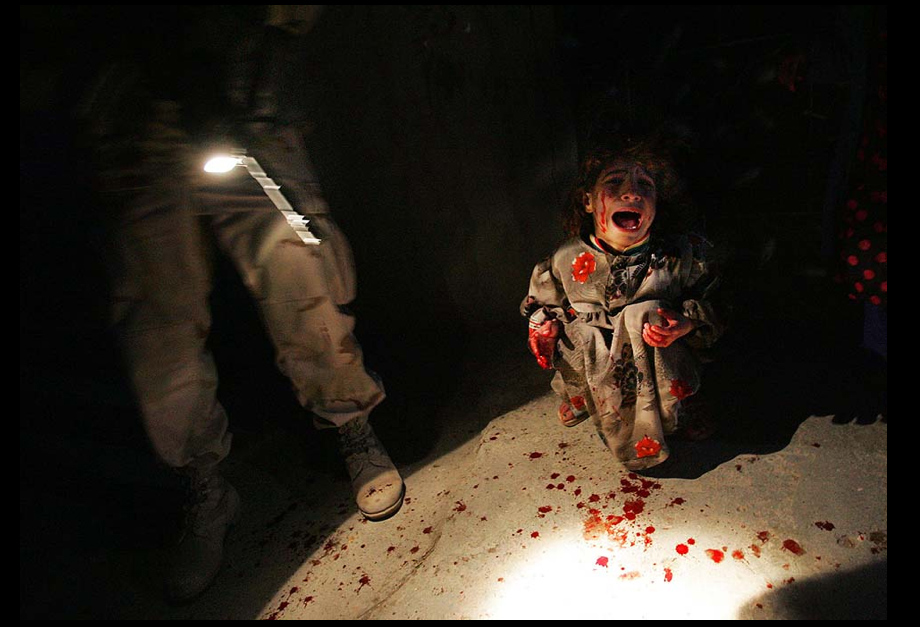
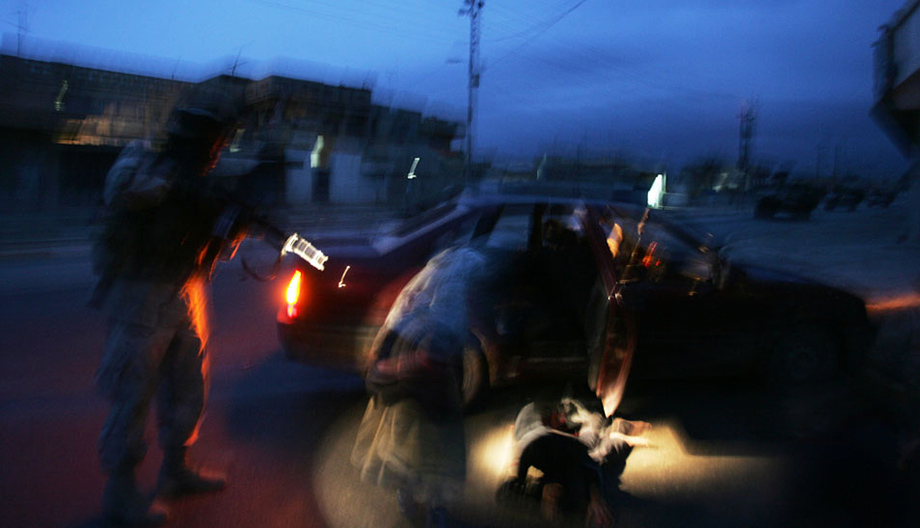
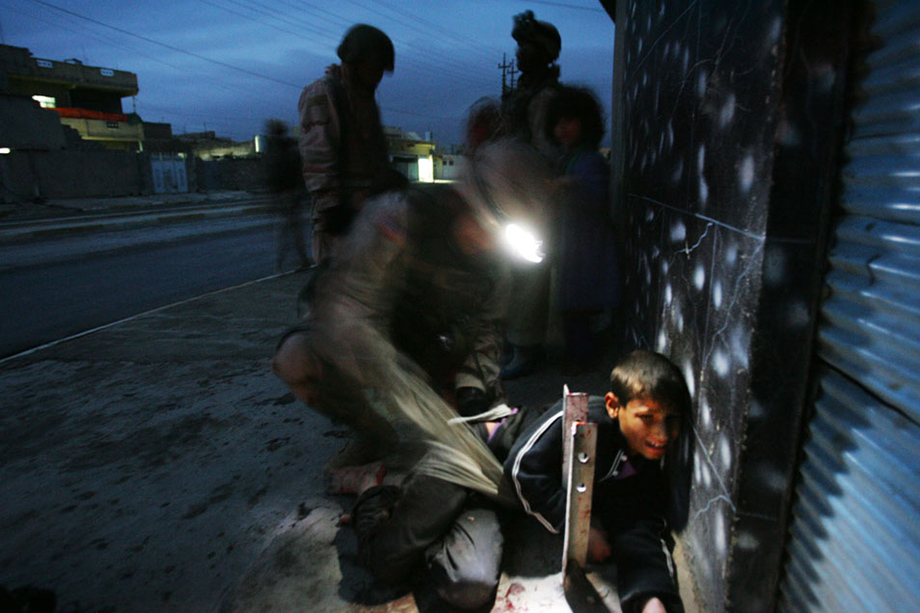
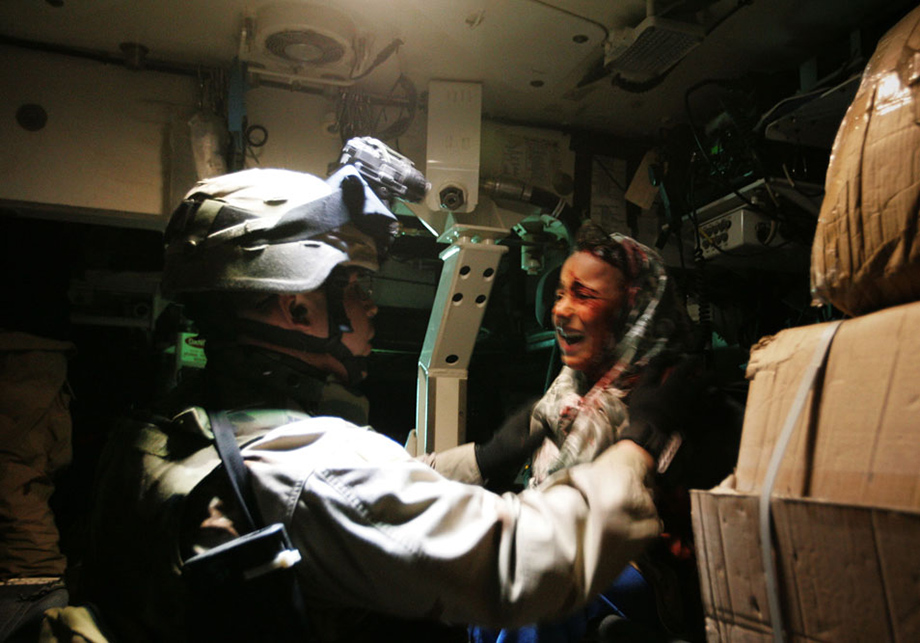
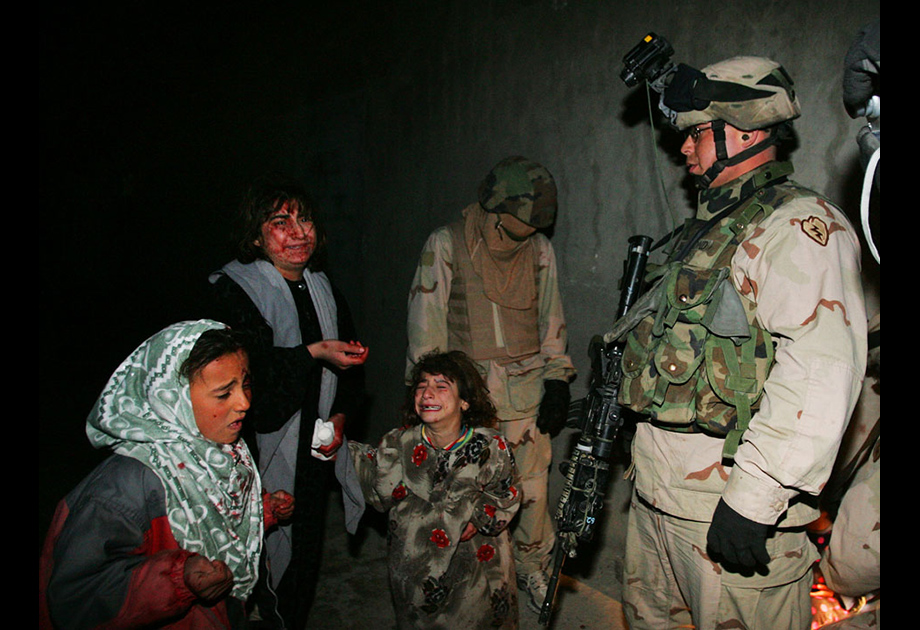
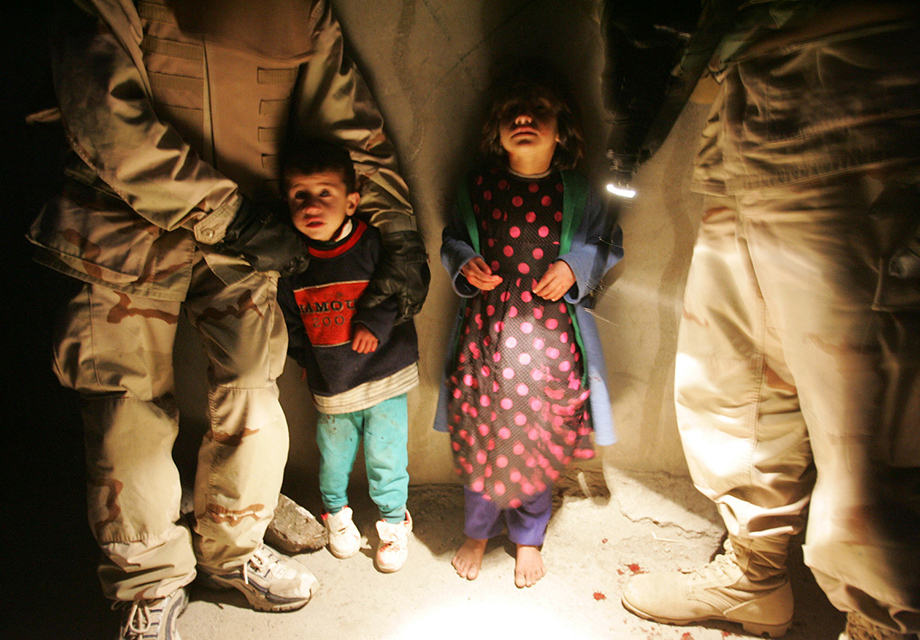

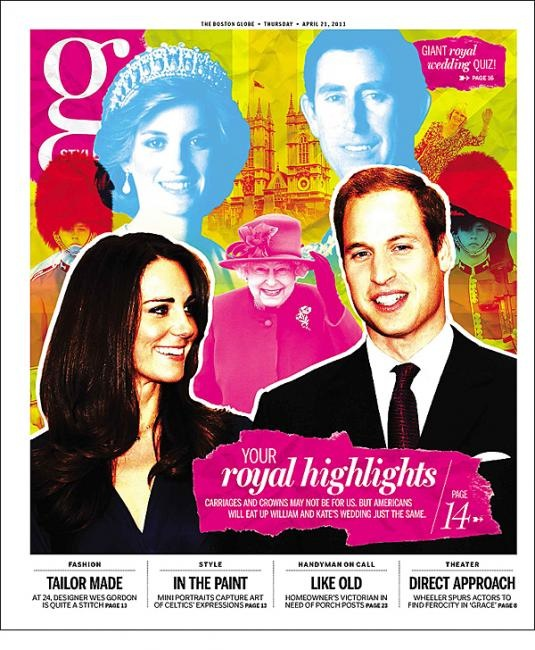
Reactions
Comments Powered by Disqus